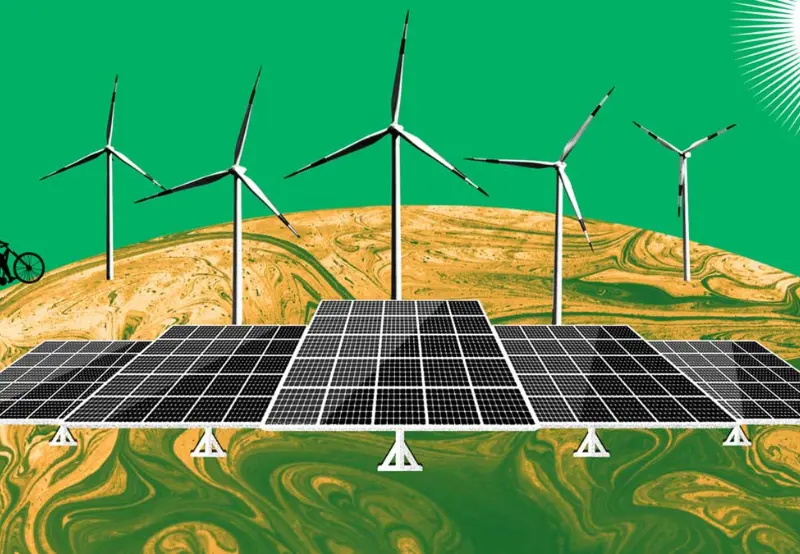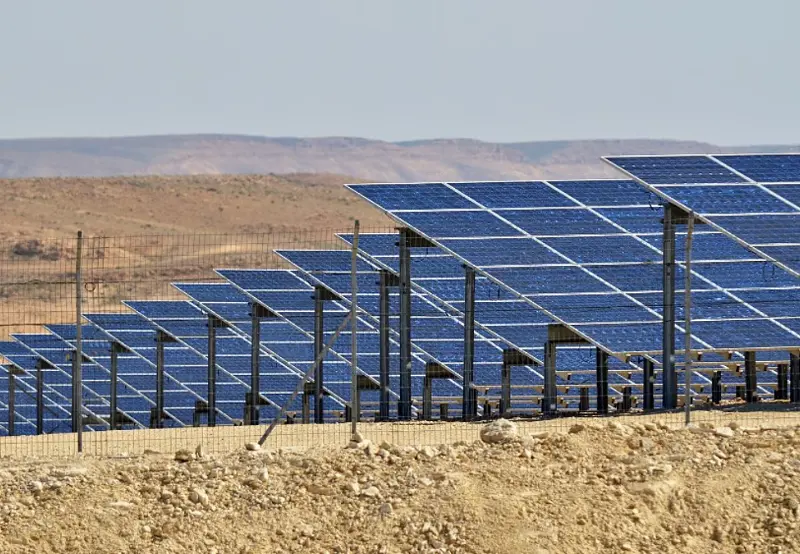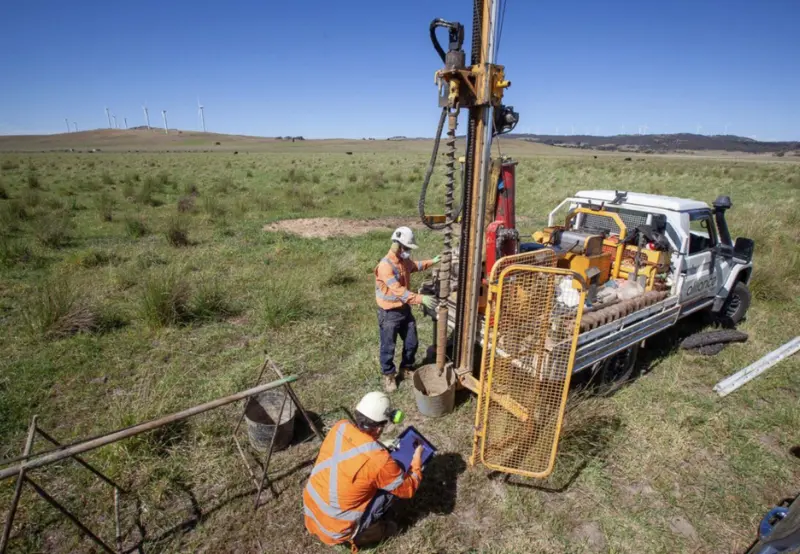Renewable energy growth is transforming global electricity grids, discover record-breaking investments, deployment milestones, major projects, and the future outlook for clean power
Renewable Energy Growth is Powering a Global Transformation 🌍
Renewable energy growth has entered a tipping point. In 2024, clean power—primarily wind, solar, hydro, and biomass, surpassed 40 % of global electricity generation. This surge marks a profound shift in the world’s energy systems, as nations pivot from fossil fuels to clean energy to meet climate targets, enhance energy security, and build resilient economies.
Record-Breaking Investment and Capacity Expansion
According to the International Energy Agency (IEA), global energy investments are projected to reach US $3.3 trn in 2025, of which a staggering US $2.2 trn will go into clean energy growth, dwarfing fossil-fuel investments. Solar leads the way with an estimated US $450 bn in funding this year, followed closely by wind, energy storage, nuclear, and efficiency measures.
China is the dominant force behind this shift. With nearly two-thirds of global clean investment, the nation continues to churn out scale and innovation. Yet despite its massive renewables push, coal still accounts for over half its electricity, highlighting the complexity of its energy mix.
Milestone Moments in the Electric Revolution
- 2024: Clean energy exceeded 40% of global electricity supply.
- 2025 Forecasts: Renewables are on course to overtake coal-fired generation, with solar and wind both poised to surpass nuclear output by 2026—and solar PV expected to outpace hydropower by 2029.
In Europe, renewables accounted for 42.5 % of the electricity mix in Q1 2025—wind at 42.5 %, hydro 29.2 %, solar 18.1 %, backed by bioenergy and geothermal. Although slightly down from 2024’s 46.8 %, this still illustrates a dominant trend.
Flagship Renewable Projects Around the World
Noor Ouarzazate CSP, Morocco (580 MW)
A marvel of concentrated solar power (CSP), the Noor complex uses mirror arrays and molten salts to store heat—enabling 24/7 electricity. It serves over 1.1 million people and reduces CO₂ emissions by ~690,000 tonnes annually.
Three Gorges Dam, China (22.5 GW)
The world’s largest hydroelectric plant provides low-carbon power, flood control, and increased freshwater supplies, despite controversy over its environmental and social impacts .
Gujarat Hybrid Renewable Energy Park, India (30 GW goal)
In Kutch, Gujarat, India is developing the world’s largest hybrid wind–solar park across 72,600 ha. Already producing 1 GW since March 2024, it’s expected to power 18 million homes and cut 5 crore tonnes of CO₂ annually.
Driving Forces Behind the Growth
1. Falling Costs & Technological Innovation
Solar PV and battery storage are now less expensive than fossil-fuel alternatives in many markets. CSP with thermal storage enables clean energy even after sunset. Wind turbines, including offshore giants, continue to grow in scale and efficiency.
2. Industrial Policy Momentum
Policies like the EU’s REPowerEU, the US’s Inflation Reduction Act, and China’s renewable five-year plans are catalysts for investment, manufacturing, and clean-energy exports.
3. Rising Demand from Big-Load Consumers
Data centres, AI operations, and green-manufacturing facilities demand 24/7 clean power. Deloitte reports that these sectors alone could add ~57 GW of new load by 2030—further catalysing renewable growth.
4. Energy Security and Social Equity
Diversifying energy sources strengthens resilience against price shocks and geopolitics—especially after disruptions in the wake of the Ukraine conflict. Projects in developing nations also increase access and support local employment .
⚠️ The Challenges Ahead
- Policy & Incentive Fluctuations:
Renewable growth depends on stable, ambitious policies. Wood Mackenzie warns of slowing solar deployment in 2025–26 if incentives wane. - Financing Gaps in Developing Nations:
The IEA identifies a shortfall: developing countries saw only 15 % of global clean-energy capital between 2020–23, far less than needed. Annual financing must more than triple to meet the Paris goals . - Fossil Fuel Infrastructure Addiction:
Despite renewables gaining ground, fossil fuel infrastructure continues to expand, driven by energy security fears, especially in India and China, complicating emissions reduction targets.
What Lies Ahead?
The Renewables 2025 Global Status Report, released 24 June, emphasizes that whilst deployment is at a record pace, systemic barriers remain. Key upcoming milestones include:
- 2025: Renewables surpass coal in electricity generation.
- 2026: Solar & wind each outpace nuclear.
- 2029–2030: Solar PV becomes the dominant renewable; wind second .
To meet the 1.5 °C climate goal, non-bio renewables (solar, wind, hydro, geothermal) must quadruple their current growth rate, boosting annual capacity additions from 6 % to ~15% through 2030.
An Era of Momentum and Measurement
The pace of renewable energy growth is nothing short of transformational—driven by market economics, policy ambition, technological breakthroughs, and urgent climate and energy security concerns. However, sustaining this momentum demands
- Consistent policy incentives
- Vast capital flows into emerging economies
- Unwavering focus on grid upgrades and storage
- Fossil fuel phase-down commitments
If these align, the next five years will define whether renewable growth can deliver on its promise or be stymied by policy headwinds and geopolitical uncertainty.





